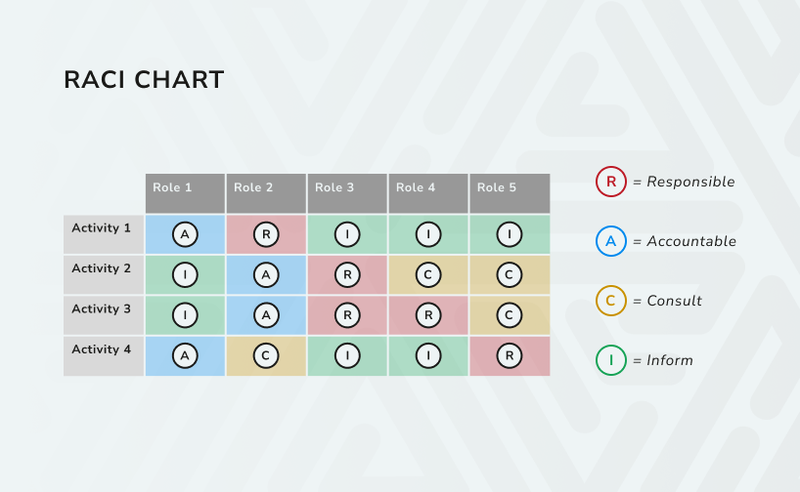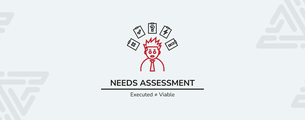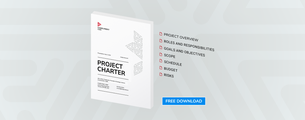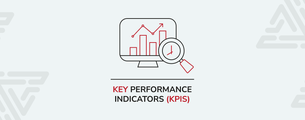Every project, no matter its size, depends on clarity. Teams need to know who is doing the work, who owns the results, whose expertise is required, and who needs to be kept in the loop. Without that clarity, projects drift, decisions stall, and accountability blurs.
The PMBOK® Guide calls this out as a core part of project planning—defining roles and responsibilities early. One of the simplest and most widely used tools for this is the RACI Chart, a structured way of assigning responsibility and accountability to every activity.
And because knowing about RACI is only half the battle, we’ve included a free RACI Chart Excel template at the end of this post to help you put it into practice right away.
What Is a RACI Chart?
A RACI Chart is a type of Responsibility Assignment Matrix (RAM) used in project management. A RAM maps project activities against roles to show who is involved in what, but RACI is the most common and straightforward version.
In a RACI Chart, activities are listed down one axis, roles across the other, and each intersection is marked with one of four letters: R, A, C, or I. This makes it crystal clear who does the work, who signs off, who advises, and who just needs to stay informed.
RACI Roles Explained
Responsible (R): The doers — the people who carry out the work. There can be one or many Responsibles for a task, depending on the scope, but try not to include too many.
Accountable (A): The owner — exactly one person per task who makes the final decision and approves the work.
Consulted (C): Subject matter experts who provide input and advice. This is two-way communication. They help those responsible for activities by providing valuable insights and knowledge.
Informed (I): This person or a group of people should be kept up to date on project progress. This is one-way communication. These stakeholders need updates, but are not directly involved, so they usually don't give feedback, help with tasks, or give advice.
How to Build a RACI Chart
A RACI Chart is only effective if it’s built with care and agreement from the team. The process is straightforward, but each step matters: miss an activity, assign two people as Accountable, or overload a role with too many responsibilities, and the value is lost. The goal is to create a single reference point the entire project team can rely on.
Here’s a step-by-step approach to building a clear and usable RACI Chart:
- List activities. Capture all tasks, deliverables, or work packages.
- Identify roles. Document the roles or stakeholder groups involved.
- Assign R, A, C, I. Each activity must have one Accountable, as many Responsibles as required, and the right mix of Consulted and Informed.
- Validate. Review with the team and stakeholders to resolve overlaps or gaps.
- Finalize and publish. Store the chart where the team can access it and reference it regularly.

Why RACI Matters
A RACI Chart isn’t just a nice-to-have. It’s a safeguard against confusion, miscommunication, and wasted time. By making ownership explicit:
- Accountability is clear — one owner per activity, no debates.
- Workload is visible — multiple people can share responsibility without diluting ownership.
- Expertise is used effectively — the right people are consulted at the right time.
- Communication is streamlined — stakeholders are informed without being overloaded.
Whether you’re managing a small project team or coordinating across multiple departments, RACI ensures that roles are not just assumed but defined and agreed upon.
Downloads
Supplemental Resources
RACI Chart Template.xlsx
Download a free RACI Chart template to define roles for every project and organization.





